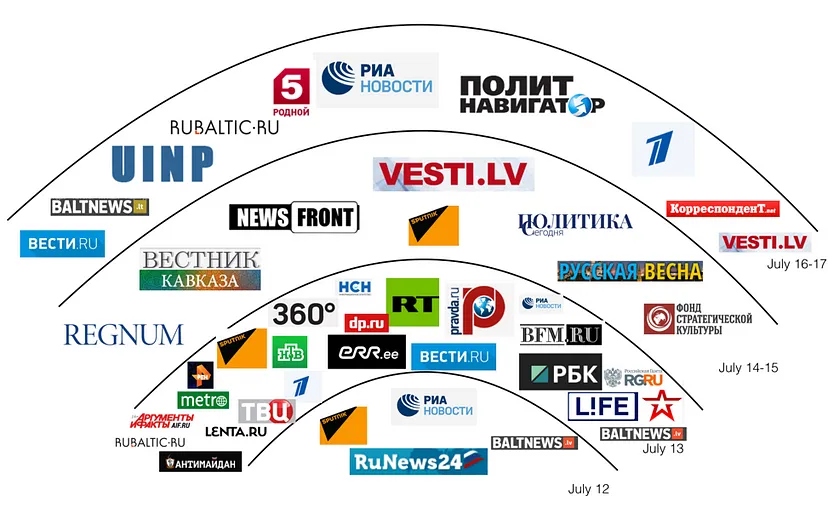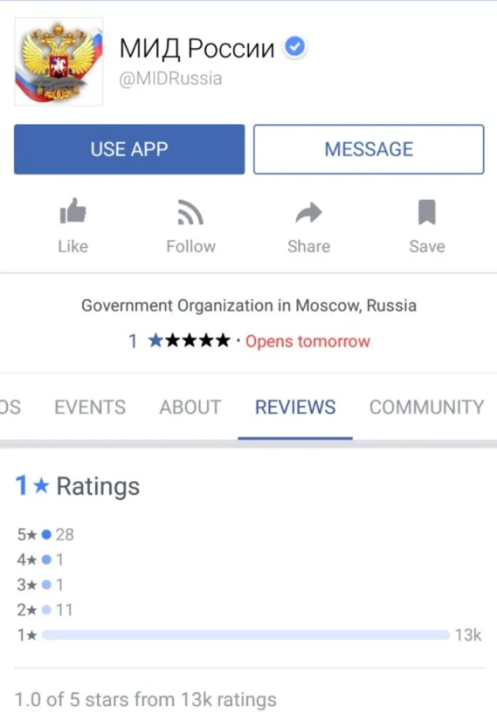History Revisited: The Forest Brothers
Video spurs social media fight between Russia and the Baltics
History Revisited: The Forest Brothers
Share this story
THE FOCUS

On July 11, NATO’s in-house broadcaster, NATO TV, released a video titled “Forest Brothers — Fight for the Baltics,” triggering a social media row between the Baltic states and Russia.
The Forest Brothers were irregular armed units in the Baltic states who fought against Soviet forces after the end of World War II, from 1945 to 1953. The Baltics were occupied by the Soviets in 1940, the Nazis in 1941, and the Soviets again in 1944 and 1945; most Western countries viewed their annexation as illegal.
The Forest Brothers are widely remembered as national heroes in the Baltic states, but the group was portrayed in Soviet propaganda as Nazi sympathizers, criminals, and terrorists. In the Baltics, the two Soviet occupations are considered crimes akin to those of the Nazis, a stance which provokes outrage in Russia, where the Russian contribution to victory over the Nazis is a point of utmost national pride.
As a result, Russian propaganda regularly accuses the Baltics of trying to rewrite history and rehabilitate the Nazis.
Following the release of the video by NATO, the spokesperson for the Ministry of Foreign Affairs (MFA) of Russia, Maria Zakharova, responded to it on her Facebook page:

Zakharova argued that the resistance in the Baltic states “was created on the basis of fascist remnants who collaborated with German occupational authorities,” and said that it “carried out more than 3,000 acts of sabotage, the victims of which were thousands of civilians.” She also accused the Forest Brothers of being Western pawns: “Who stood behind the Forest Brothers until the mid-1950s? Correct — Western intelligence agencies.”
Following Zakharova’s lead, Russian Deputy Prime Minister Dmitry Rogozin tweeted:
NATO clip about “Forest Brothers” killing our soldiers confirms that in the face of NATO, we are dealing with the heirs of Hitler’s remnants.
A similar sentiment was shared by the first deputy chairman of the Russian Duma Committee for Culture, Iosif Kobzon, who in an interview with RT said that the video is “vandalism and Russophobia.”
The Russian Mission to NATO responded to the video on Twitter saying:
Another shameful attempt to rewrite history & glorify inglorious former SS-fighters and nationalists to serve political narrative of the day
— Russia and NATO (@natomission_ru) July 12, 2017
These statements spurred a media campaign led by pro-Kremlin media outlets in Russian and English.
The spread of the story in the pro-Kremlin English-language media outlets was limited. RT, for example, called the Forest Brothers “pro-Nazi guerrillas” and “Nazi collaborators.” Fringe site The Duran, which hosts pro-Kremlin content, called them “Hitler-aligned” and “far-right fighters” who opposed the “sovereignty” of the Soviet Union. The piece on The Duran was only shared nine times, while RT’s post on Facebook was shared 274 times.

The spread of the stories in Russian, however, was extensive, with all the main Russian TV channels and media outlets repeating the Kremlin’s talking points.

The Lithuanian Ministry of Foreign Affairs responded by releasing an infographic recalling the Soviet Union’s own pact with Nazi Germany and its support for the Nazis in the early stages of the war. The Soviet occupation of the Baltic states was one of the terms of the secret protocols in the Molotov-Ribbentrop Pact:
#RU MFA: Partisans in Baltics fought on Nazi side.2 notes: 1)Nazis defeated in 1945,resistance ended in 1953; 2) Soviets fought on Nazi side pic.twitter.com/I5AkttGyaA
— LT MFA StratCom | #StandWithUkraine (@LT_MFA_Stratcom) July 13, 2017
Lithuanian civil society also responded. A leading journalist and presenter at Laisvės TV, Andrius Tapinas, posted a call on Facebook urging Lithuanians to do three things:
1. Go to Russia’s MFA page on Facebook and find the Russian version of the post discussing the video;
2. Comment #Кремльнашуисториюнеперепишешь (Translation: #Kremlinyouwillnotfalsifyourhistory);
3. Leave a one-star review for the page.

As of July 17, the Russian MFA’s post about the video amassed over nine thousand comments, most of which used the hashtag. The ministry’s page received 13 thousand one-star reviews, compared with just 28 five-star ones.

This is by no means the first time Russia and the Baltics have clashed over history. In June 2015, two members of the Russian Duma, Yevgeny Fyodorov and Anton Romanov, of President Vladimir Putin’s United Russia party, claimed that the 1991 Soviet decision to recognize the independence of the Baltic states was taken “by an unconstitutional body” and should be re-examined. In April 2007, hundreds of ethnic Russians rioted in Tallinn in protest of the relocation of a Soviet-era war memorial to a local cemetery.
This is more than just a row about history, however. For the Baltic states, the fact that the Soviet occupation was illegal has ongoing legal and constitutional implications. For example, the presence in Latvia and Estonia of hundreds of thousands of Russian-language speakers who moved to the two countries during the occupation and who, therefore, do not have the right to automatic citizenship, is especially problematic. For Russia, Soviet victory in 1945 is a vital source of national pride and a central part of the modern nation’s self-perception, and accusations of “Russophobia” have become a standard response to criticism of the Kremlin’s policies.
The fight over history reveals as much about the region’s modern tensions as it does about its wartime past.

